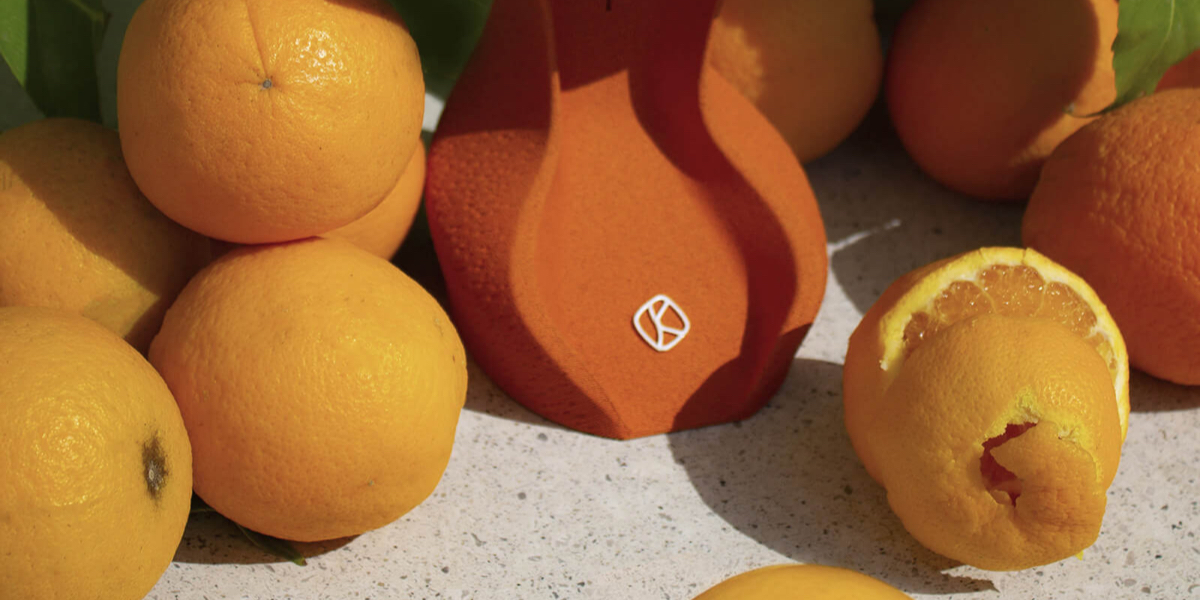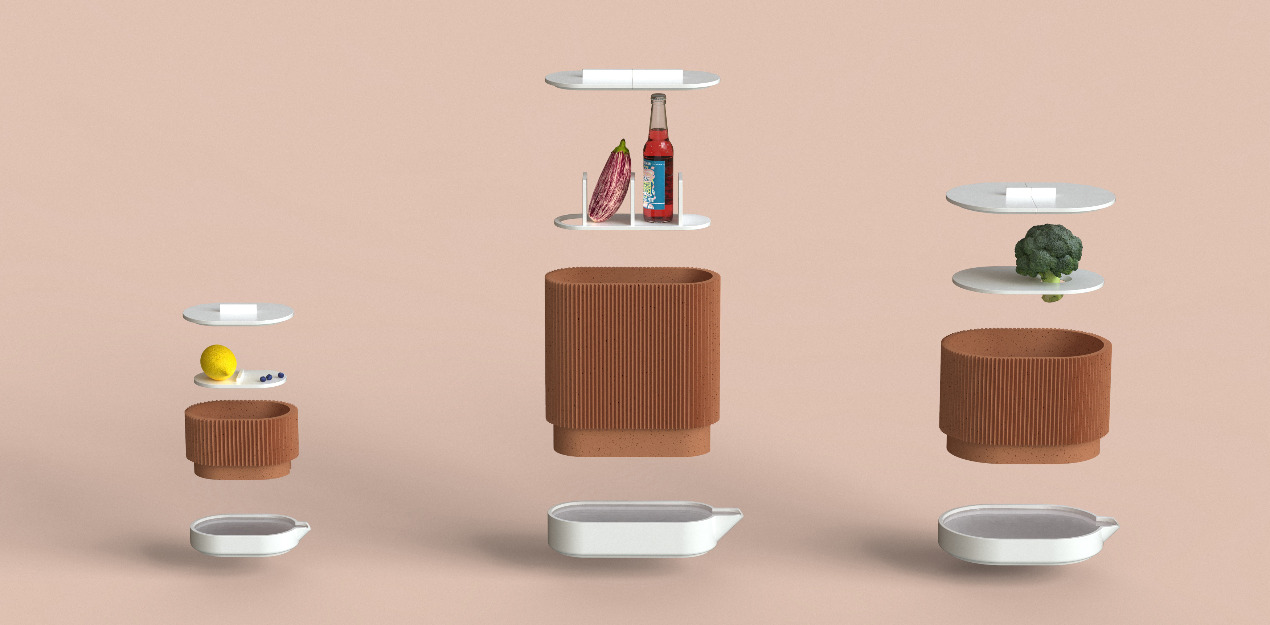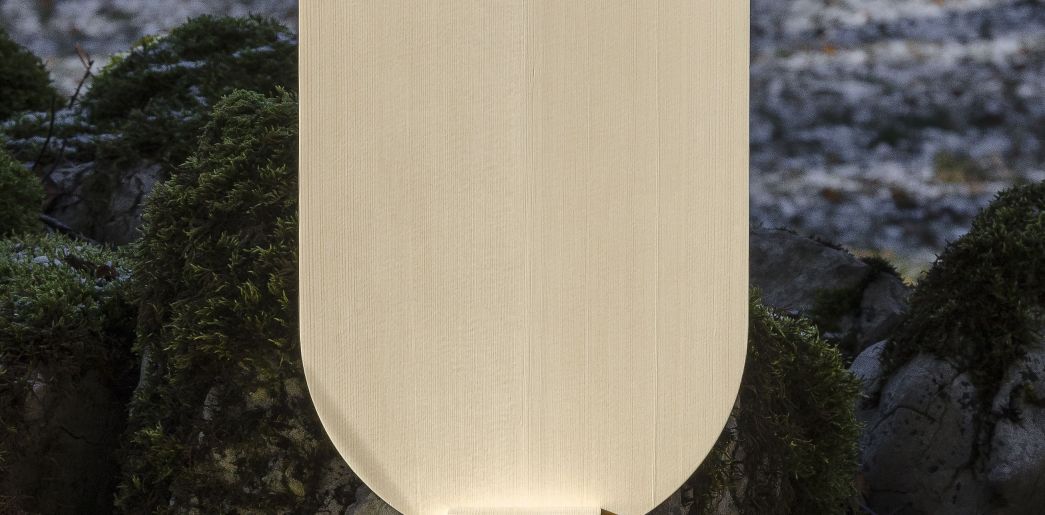AWARD YEAR
2023
CATEGORY
Home
GOALS
Affordable & Clean Energy, Decent Work & Economic Growth, Industry, Innovation & Infrastructure, Sustainable Cities & Communities, Responsible Consumption & Production
KEYWORDS
biodegrable , Lighting, fruit, sustainable, circular production
COUNTRY
Italy
DESIGNED BY
Krill Design
WEBSITE
https://www.krilldesign.net
Ohmie Lamp
Ohmie, The Orange Lamp, is a 3D printed lighting device made from discarded orange peels.
How does it work?
Ohmie is made entirely of an orange biopolymer that is created from two to three Sicilian oranges (sourced locally), which are treated to obtain a very dry and fine powder.
The powder is made in-house and is then sent to a compounding facility, where it is added to a biopolymeric vegetable starch base, and is produced in a final form of pellets, the only step of the production that is outsourced because the machinery needed is expensive and hefty.
These pellets are then sent back to the Krill Design facility where orange filament is then extruded from them.
“Once we have the filament, we can use it in FDM (fused deposition modelling) 3D printers and give life to Ohmie,” relays the design team that includes product designers Sofia Soledad Duarte Poblete and Victoria Rodriguez Schön.
The base biopolymer guarantees that the lamp won't degrade with normal use, be long-lasting, and not break down with water exposure.
Why is it needed?
"Ohmie is the first lamp of its kind, as its rich colour and texture transform orange peels into sleek, natural lines and surfaces that offer a distinct design, but also tell the story of its origin, evoking nature’s memories," shares the team at Krill Design, which is led by Ivan Calimani (CEO), Yack Humberto di Maio (R&D Manager), and Martina Lamperti (Design Director). “Another building block in the circular design movement, Ohmie The Orange Lamp is a revolutionary and innovative product that marks a clear step towards a future where reclaimed materials are the norm and the line between design and eco-design is erased,” they add.
Oranges were opted because their peels are good raw material to begin with – they are rich in carbohydrates and they bond well with the base biopolymer, resulting in a sturdy raw material. They are also in good supply in Italy – Sicily alone produces three per cent of the world’s supply of oranges, and they would therefore, never run out of peels.
How does it improve life?
The lamp even smells like delicate orange cookies when in use, to remind users that it is possible to enable good design from food waste, and is wholly compostable at the end of its life.
At the end of its life, an Ohmie can be recycled fully, its cable removed and discarded with electronic waste, its body broken into fragments and disposed off with other household, organic waste to be composted in an industrial facility.
“We all are driven by a profound desire to innovate and bring a breath of fresh air (or a revolution) within the design world, presenting our products as an example of high-quality, yet sustainable objects, because they don’t have to be mutually exclusive,” says Krill Design. For the same reason, all their creations are inspired by nature: Ohmie’s texture and colour are reminiscent of orange skins, the very material they are made from, bringing forth the story of its origin.





